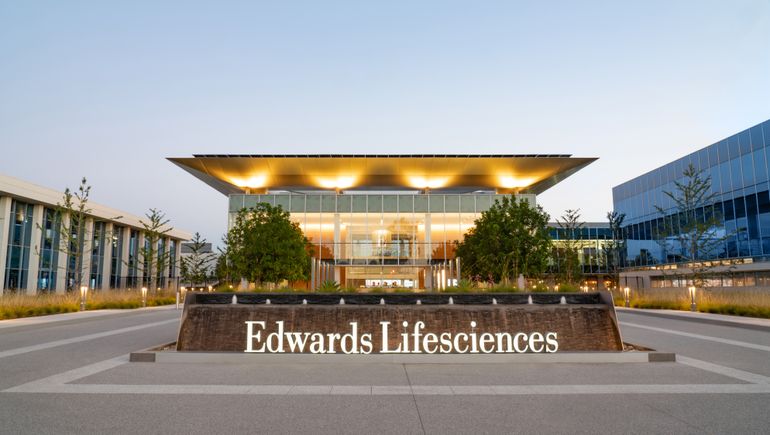Dive Brief:
- Edwards Lifesciences plans to spin out its critical care unit as an independent company at the end of next year, continuing the trend of medtechs using spinoffs as a strategy to focus on specific businesses and markets.
- CEO Bernard Zovighian said during a Thursday investor day event that the spinoff will allow Edwards to focus on its cardiac businesses, such as transcatheter aortic valve replacement (TAVR) and transcatheter mitral and tricuspid therapies (TMTT), and allow critical care to be more focused and flexible.
- Edwards also announced its 2024 financial forecast ahead of the event, projecting an overall revenue range of from $6.3 billion to $6.6 billion, representing year-over-year growth of from 8% to 10% on a constant currency basis.
Dive Insight:
Edwards is the latest medtech company to spin off a business unit, following moves by Becton Dickinson and Zimmer Biomet. Other healthcare spinoffs from larger companies include GE shedding its health group and Johnson & Johnson breaking off its consumer health brands into an independent company. 3M also plans to spin off its healthcare business in the first half of next year.
Critical care is Edwards’ third-largest business unit, trailing TAVR, which makes up the majority of the company’s revenue, and surgical structural heart. The business brought in $855 million in sales in 2022 and has brought in $677.6 million in the first three quarters of 2023.
Critical care develops and sells patient monitoring products for hospital settings, such as the operating room (OR) and intensive care units. Its products include monitoring platforms, sensors and catheters, as well as predictive software and apps. Edwards hopes to expand critical care’s monitoring and software capabilities and grow the number of patients for which the technology is used.
Katie Szyman, who has been corporate vice president of critical care since 2015, will become CEO of the new company when the move is complete. Szyman told analysts at the investor event that the critical care unit has grown since its inception, differentiating itself from the company’s main focus of cardiac procedures and implantable devices.
“Critical care originally was cardiac surgery OR and intensive care unit patients. Now we’re really broad OR, intensive care for all types of patients. And now, we’re looking to go even beyond that,” Szyman said. “So, the patient groups are diverging more and more.”
Szyman added that pathways for device authorization are also different, with critical care using the 510(k) process “versus implantable devices that take a lot longer.”
CFO Scott Ullem was not specific on how Edwards would benefit from the spinoff and what the new company would look like standing alone. Ullem explained that the remaining company should “go up,” as critical care’s gross and operating margins are lower than Edwards’ consolidated margins.
“But we’re not going to quantify any of that right now,” Ullem said. “Over the next six months, we’ll do a lot of work around the numbers and putting together pro-formas and then, ultimately, culminating in a submission of a Form 10 with the [U.S. Securities and Exchange Commission] mid-year next year. And that’s a point at which we’ll be able to give you a lot more detail about what this looks like.”
Edwards forecast a 2024 sales range for critical care of from $900 million to $1 billion. The company expects one-time charges associated with the spinoff but no core financial impact next year.
J.P. Morgan analysts wrote in a note to investors that the move should allow Edwards to “focus on its core efforts in structural heart, which has long overshadowed the company’s initiatives in Critical Care. With lower growth (mid-single digits) and relatively less innovation in this segment, we think this should be well received by investors.”
2024 forecast
Edwards’ 2024 financial forecast was not much of a surprise for Wall Street. The company projected TAVR sales to fall in a range of from $4 billion to $4.3 billion, representing year-over-year growth of 8% to 10%.
The company forecast sales for its surgical structural heart unit to grow mid-single-digits to roughly $1 billion and sales for TMTT in a range of from $280 million to $320 million.
Edwards expects to return to double-digit sales growth or better beginning in 2025 when excluding critical care.

